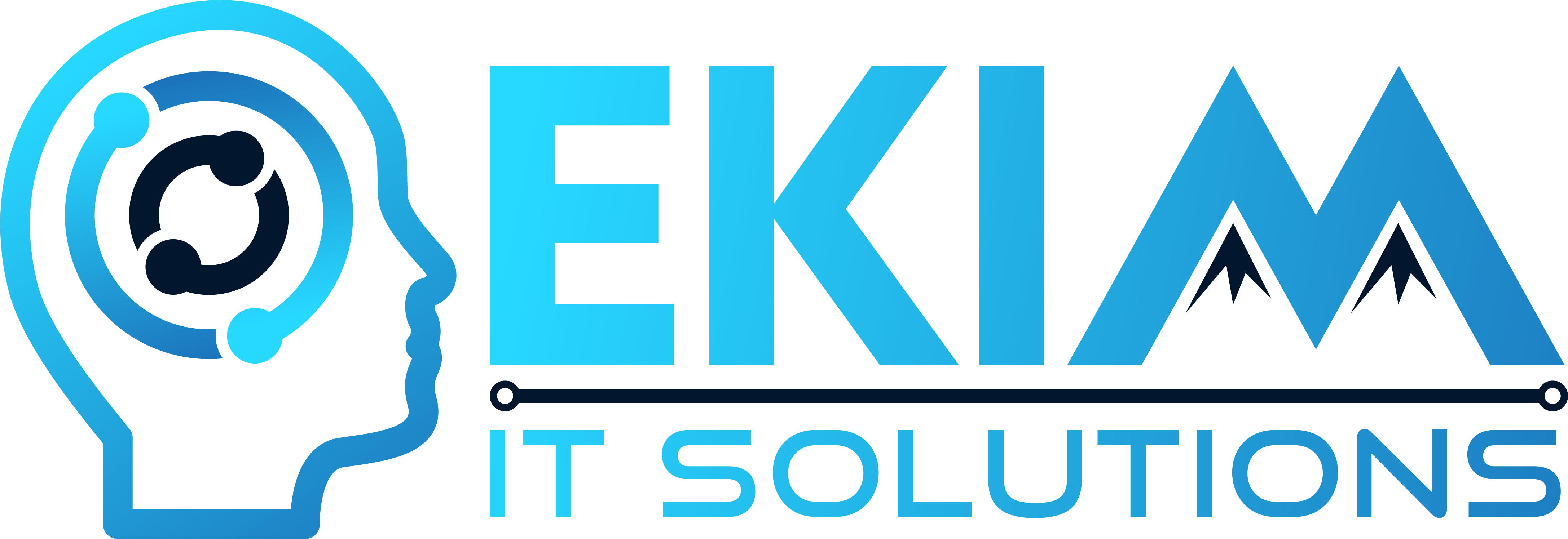Ensure Cybersecurity and Compliance: Your IT Audit Checklist
- Read more
Managing the IT infrastructure of a small to medium business (SMB) can be challenging, especially when your focus is on growth and daily operations. Ensuring that your systems are secure, efficient, and compliant requires regular attention. That’s where an IT audit comes in.
An IT audit evaluates the health of your technology, helping you identify areas for improvement and ensuring your business is protected from potential risks. This guide will walk you through an essential IT audit checklist for SMBs, designed to simplify the process and keep your business running smoothly.
What Is an IT Audit?
An IT audit is a thorough examination of your company’s technology systems, security protocols, and processes. The goal is to assess whether your IT infrastructure is aligned with your business objectives, protected against threats, and compliant with industry regulations.
IT Audit Checklist for SMBs
1. Take Inventory of Your IT Assets
Start by documenting all your IT assets, including hardware (like servers, computers, and routers) and software (operating systems, business apps, and security tools). Knowing what you have is essential for maintaining and upgrading systems.
By tracking your assets, you can better plan for future upgrades and avoid unnecessary expenses.

2. Assess Your Data Backup and Recovery Plan
Data is one of your most valuable assets. A reliable backup and recovery strategy ensures that you can recover quickly from data loss caused by hardware failure, cyberattacks, or natural disasters.
A well-tested recovery plan can make the difference between a quick bounce back and a costly shutdown.

3. Evaluate Security Measures
Cyber threats like ransomware and phishing attacks are ever-present. Your security protocols should be robust and up to date to protect your sensitive business data.
Strong security measures not only protect your data but also your reputation.

4. Examine Your Network Infrastructure
Your network is the backbone of your operations. Any weaknesses in network performance can slow down productivity and create vulnerabilities. Regularly auditing your network ensures it’s secure and functioning efficiently.
Network health is crucial to keeping your business running at full capacity without interruptions.

5. Ensure Regulatory Compliance
Depending on your industry, you might be required to follow certain regulations, such as HIPAA for healthcare or PCI DSS for payment processing. Staying compliant protects you from legal risks and fines.
Non-compliance can lead to hefty fines, legal issues, and loss of client trust.

6. Review User Access Controls
In many businesses, not every employee needs access to all systems and data. Review who has access to what, and ensure proper access controls are in place to protect sensitive information.
Limiting access minimizes insider threats and the risk of accidental data breaches.

7. Manage Software Licenses
Using unlicensed or expired software can lead to legal trouble and compliance risks. Make sure your software licenses are current and legal.
Managing licenses efficiently will save money and prevent legal risks.

8. Check for System Updates and Patches
Outdated systems are prime targets for cyberattacks. Ensure that all hardware and software are regularly updated with the latest security patches and features.
A proactive approach to system updates will close security gaps and improve overall performance.

9. Audit IT Policies
Every SMB should have clear IT policies that outline how technology is used, data is managed, and security is handled. This helps employees understand their responsibilities and ensures consistency across your business.
Keeping policies up to date and ensuring employees follow them will strengthen your overall IT environment.

Wrapping Up Your IT Audit
Once you’ve gone through your IT audit, take time to prioritize the areas that need the most attention. Whether it’s upgrading systems, enhancing security, or improving compliance, addressing these issues will help protect your business from potential risks and maximize operational efficiency.
Performing regular IT audits allows your business to stay ahead of challenges and maintain a reliable, secure technology infrastructure that supports growth.
Not sure where to begin with your IT audit? At Ekim IT Solutions, we specialize in helping small to medium businesses in Maine optimize their IT systems. From cybersecurity solutions to network management and compliance, we’ve got your back. Contact us today for a free consultation and see how we can enhance your business’s IT performance!

